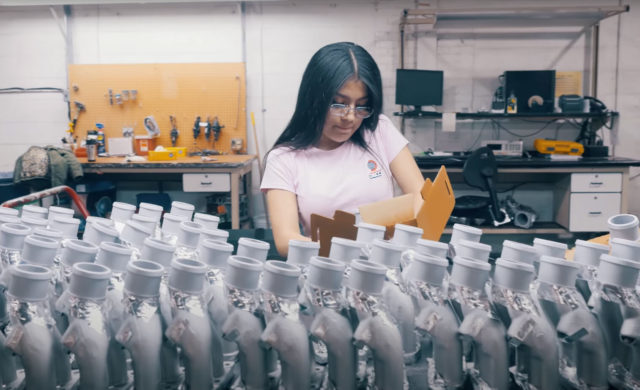They say in life there are two things you can’t avoid, those being death and taxes. I’ve managed to avoid the former, so I try to spend my time focusing on the latter.
Here at the DECC Company, taxes and tax strategy are important, as they should be for any company. One tax-related incentive we take full advantage of each year is the R&D Tax Credit.
Several of the programs we are awarded every year inescapably require some lengthy development time. Although this is the “price of doing business,” the tax credit provides us a means to essentially get “paid” for this work while we extend our development expertise to our customers before a program formally launches.
This allows us to stay innovative and competitive in the marketplace…and receiving a tax credit for doing so. This makes the R&D tax credit a “no-brainer” for not only DECC, but any company that is eligible.
In late 2015 Congress passed, and the President signed, legislation to make the credit permanent.
Arguably the most important piece of the legislation was that it made it possible for businesses to apply the credit against their Alternative Minimum Tax liability. Prior to this legislation, many small businesses went through the exercise of creating a R&D tax credit but were unable to utilize it based on the AMT limitation.
Additionally, the legislation also allows small businesses to apply the credit to their payroll taxes (up to $250,000) for up to five years, which in some cases can make the credit refundable. Many small startup companies that create a R&D tax credit don’t have income and don’t pay federal income taxes, but still have the burden of paying payroll taxes. By utilizing the R&D tax credit, they can offset those payroll taxes with it. In some cases, this refund may help them keep the doors open and allow them the opportunity to grow, ultimately benefiting everyone in the long run.
I don’t profess to be an expert on the R&D tax credit, however there many CPA firms and other specialty tax services that can provide you with the assistance you need to take advantage of the credit. Although the tax season is recently past us, it would be beneficial to start tracking your R&D hours now so it is not an overwhelming task at the end of the year.
If you have a part performance issue where some development is required and a functional coating could be a potential solution, please contact us today.
Related Articles

Reduce Plastic Sticking with Dryer Panel Coatings
DECC SOLVES PROBLEM OF PLASTIC STICKING TO DRYER PANELS

Coatings for a Quiet Ride
As cars have gotten quieter and quieter over the years, auto makers have...

Dip Spin vs. Rack Spray – Why Not Both?
When it comes to the application of liquid-based functional coatings, there are two...

